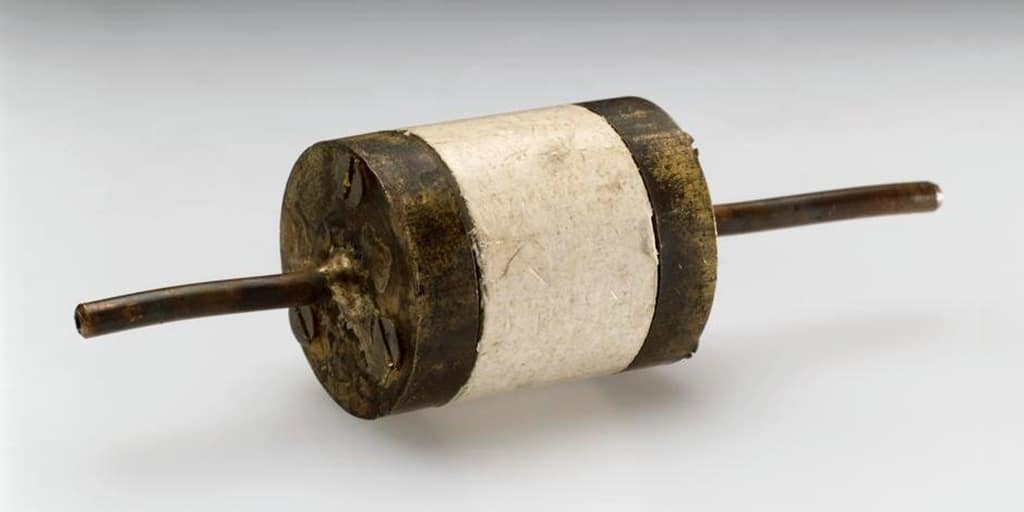
“We live in a time when emotions and feelings count more than truth, and there is a vast ignorance of science.”
James Lovelock passed away on July 26, 2022. It was his 103rd birthday.
Most people associate James Lovelock with the controversial Gaia Theory of a living Earth in the 1970s. This hypothesis of species cooperation with a self-regulating Earth expanded the debate around anthropogenic climate change, a debate that still rages to this day.
However, before all the green controversy, Lovelock was a young researcher at the National Institute for Medical Research (NIMR) with a problem to solve. It was his responsibility to figure out how the freezing process damaged living tissue.
Luckily for Lovelock, two scientists at the NIMR had just invented the Gas Chromatograph (GC). This new instrument could analyze the fatty acid composition of cell membrane lipids, which Lovelock suspected was tied to the tissue damage. After 2 months of analysis, he realized that the GC detector was not sensitive enough to detect the 300 micrograms of purified fatty acids.
So, Lovelock did what any industrious scientist would do…he built a more sensitive detector in his kitchen! He called it the Electron Capture Detector (ECD). His first version was created in 1957.
By the 1960s, ECDs would become integral parts of gas chromatography.
The image above is James E. Lovelock’s original ECD. It was a cylindrical ion chamber with a strontium 90 β+ source.
GC-MS is still considered to be the “gold standard” for forensic testing due to its ability to identify the presence of a particular substance such as drugs of abuse or steroids with precise accuracy. UTAK has been the leading manufacturer of Quality Controls for GC-MS instruments. Connect with a Control Freak today to see how we can help you deliver accurate results.
